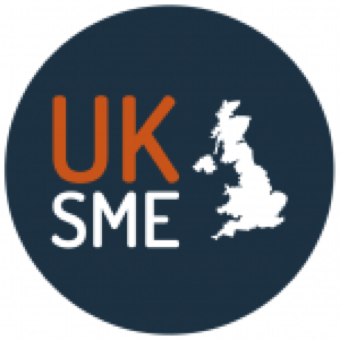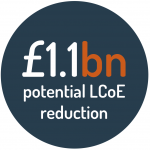The cost of surveying the seabed and inspecting subsea cables and foundations represents a major challenge for the offshore wind industry. Inspections and surveys using vessels, technicians and divers are expensive and potentially dangerous, creating a significant market opportunity for disruptive solutions that are cheaper and less risky.
Subsea specialist Modus Seabed Intervention, in partnership with engineering firm Osbit Ltd, is developing an innovative approach to enable autonomous underwater vehicles (AUVs) to remain at offshore wind farm sites without a support vessel, in a move that could shave £1.1billion* from the operating cost of Europe’s offshore wind farms.
The Darlington-based firm is trialling a novel AUV docking station. The design will enable vehicle re-charging, as well as the upload of acquired data and download of mission commands.
“Part of our vision is to see AUVs becoming field-resident,” says Modus’ Jake Tompkins, “offering significant cost savings and quality benefits to the markets and our customers.”
With a battery life of 15 hours and a 40km range, the strategic deployment of docking stations will, in theory, allow the machine to work across multiple offshore wind projects.
The use of AUVs to survey and inspect subsea infrastructure is a relatively new cost-efficiency measure in offshore wind, and replacing support vessels with the AUV docking station could further reduce expenditure. In addition to the estimated £1.1billion saving across the current 11GW offshore wind fleet over the next 25 years, the scheme will significantly reduce the need for staff to work in hazardous environments.
The Catapult is working with Modus as part of the Autonomous Vehicle for the Inspection of offshore wind farm Subsea INfrastructure (AVISIoN) project, which will enable further development, testing and demonstrations of Modus’ existing Hybrid AUV capability, and docking station.
Testing will take place at our National Renewable Energy Centre. The first phase will use our saltwater testing docks and our National Offshore Anemometry Hub.
Part of our vision is to see AUVs becoming field resident, offering significant cost savings and quality benefits to the markets and our customers.
Offshore wind farm developers innogy, EDF Energy and E.ON are also supporting the project, with innogy agreeing to carry out commercial trials at the 576MW Gwynt y Môr wind farm, off the oast of north Wales.
*Offshore wind farm operators who utilise AUVs can reduce their LCOE by 0.8%. Applying this cost saving for a 400MW representative offshore wind farm (ref, IEA methodology), a 0.8% LCOE reduction will yield cost savings of £1.6m per annum. Across the current 11GW of European installed capacity over this next 25 years, that could equate to as much as £1.1bn.


